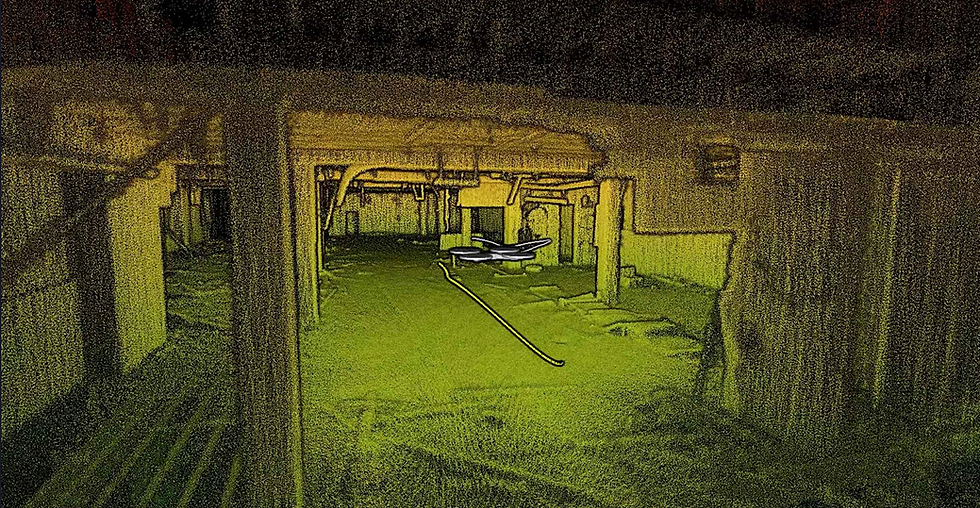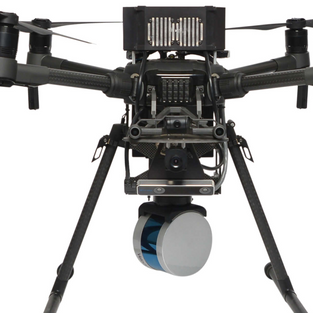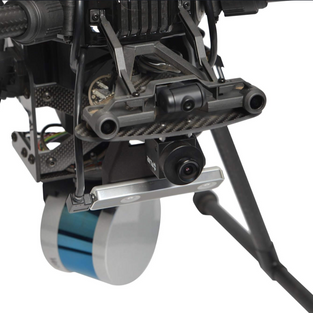Exyn Technologies develops an autonomous drone that operates deep underground
- Charl Jooste
- Sep 24, 2020
- 3 min read

Image: Exyn Technologies
Yes, you read that right. These self-flying drones can go where no drone has gone before, deep underground. Mines are notoriously dangerous places and until now, had to be worked and inspected by humans. This is often done under hazardous conditions at great risk to human life. It is now possible to do some of the more dangerous work remotely using an AI (Artificial Intelligence) enabled drone thanks to this development by Exyn Technologies.
We are used to seeing drones in the air. They are used for leisure, photography, commercial applications, military and humanitarian efforts, as well as a host of other applications. Commercially, they are often used in areas or at heights where it is dangerous, sometimes impossible for humans to work. One place you would not expect drones to operate is underground.
Working in or simply inspecting mines is one of the more dangerous jobs done by man. Until now, underground flight in deep mines was impossible. Drones use a range of navigation methods including saved maps, GPS and beacons, computer instructions, and skilled pilot navigation.
None of these are viable options in deep mines. They are dark and confined, no GPS or radio signal can penetrate and there are no detailed saved maps to navigate. Leaders in drone and robotic innovation, Exyn Technologies used AI to create an autonomous industrial drone to work the dangerous or inaccessible areas. They use none of the technologies normally used to navigate and need no human pilot. AI does all the work.
Images: Exyn Technologies
Nader Elm, CEO of Exyn Technologies explains, “It’s having robots do some of the work that folks are doing underground right now, which puts them potentially in risky situations. Not only that, but also now we can actually provide a lot of insight into what’s happening in mining operations generally, kind of building maps and giving them really high-fidelity real-time data on what the geometry of the environment looks like.”
Exyn Technologies grew out of the University of Pennsylvania GRASP Laboratory. They specialize in R & D in the field of aerial robotics and autonomous flight. The Exyn team boasts a wealth of experience, education, and expertise in these areas and they have some of the best minds in the business.
The innovative company has recently teamed up with Sandvik Group to enhance this development. The
Sandvik Group are engineers and equipment suppliers specializing in rock excavation and mining technology, among other things.
The primary purpose of this new drone is to go into high-risk underground areas that have just been blasted. These could be in new mines or existing mines that are expanding. As you can imagine, this is one of the most dangerous aspects of the job and human inspections would be difficult, slow, and treacherous.
Elm added, “These are often very dangerous environments, these are environments where they’ve typically just drilled, packed explosives, and set off an explosion. So it’s inherently dangerous. And that’s why we send in these robots to figure out what the geometry of that space looks like.”
Exyn makes uses of radar, sonar, lidar, and other technologies to map, plan, and execute the mission. It is constantly “looking”, thinking, and planning using a massive amount of data from multiple inputs.
While Exyn are clearly trailblazers in this field there are many other companies working on similar technologies. These include Emesent, Ntrobotics, Flyability, and Near Earth Autonomy.
For a while now, drones have been used to conduct dangerous work that would otherwise be done by humans. Apart from the risk to human life, these jobs were slow and expensive. They at least had the benefit of navigation technologies not available underground. Thanks to these innovative companies, this is no longer the obstacle it used to be and reliable accurate underground drone flights are now a reality. The technology is developing rapidly and there are numerous other applications.
Elm went on to say, “Think of a first responder situation. There is a building which is too dangerous to go into and search and rescue is there ... how do we enable them to be more effective in what they do while being safe? And that’s where robotics really lends itself well ... in a search and rescue exercise, the search part happens to be the most dangerous part, where you’ve got teams of people going into a building which is structurally unsafe, and they’re doing nothing but trying to find people and survivors. And then once [the drones] find them, then you can send in other teams to go and extract them and do whatever triage is necessary.”
There is no doubt that the technology will only get better, faster, and more efficient providing a great benefit to industry and mankind.
SOURCE: Forbes








Comments